How to grow parsley on a windowsill?
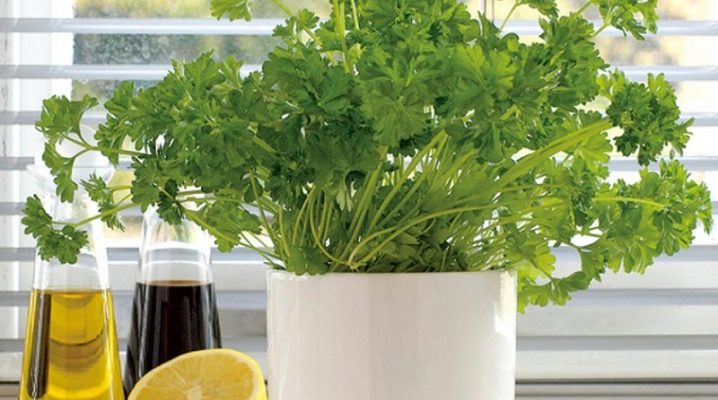
Few people will refuse to grow healthy and tasty greens at home, right on the windowsill, without much trouble and costs. For example, parsley. This experience is good even for those who have been to the garden exclusively as an excursionist. Even children can grow parsley - this is an interesting research experience and definitely a fruitful business. True, you will have to learn a little about all the tricks of an amateur plant breeder.
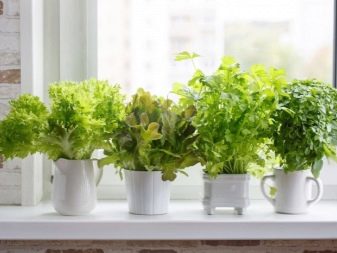
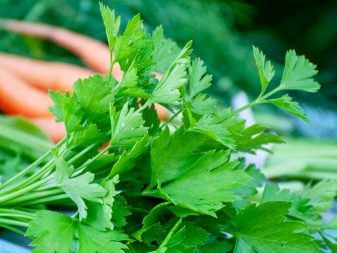
Suitable varieties
Parsley can be root and leaf. In the first case, it is grown to obtain root crops, they will be the main value of the plant. Leafy goes to more familiar greens. And now leaf parsley can be ordinary and curly. It is much easier to grow leafy houses, both of its subspecies. If you want to grow a little unusual curly, the best varieties are likely to be: "aster", "lace", "fruitful", "witchcraft", "grandmother's bed", "kucheryavets", "mooskraze 2". It is they who have proven themselves well at home growing, behaved inappropriately, and gave the predicted yield.
Common leafy parsley has shown itself especially well in varieties such as irinka, komun, beads, titanium, Italian giant, fitness, prima, universal, gloria. All these are early ripening varieties, which means that, if you wish, you can organize a year-round harvest on the windowsill. And to serve standard needs, like adding herbs to dishes, such a crop will be more than enough. Well, if it is year-round, there is practically no need to freeze greens.
If you want to freeze it, you can increase the amount of planting.
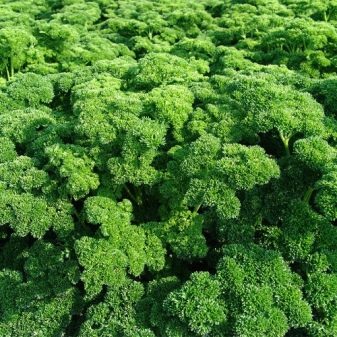
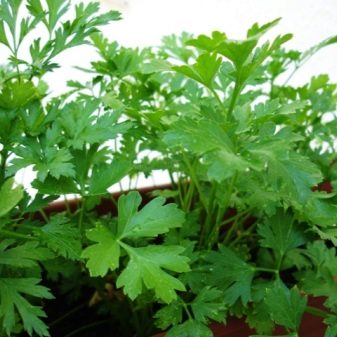
Preparation
This is perhaps the most important process, because it will be necessary to take into account the creation of the microclimate necessary for parsley, and the selection of the optimal capacity, and the choice of soil. And, of course, one cannot be mistaken with the planting material.
A place
As already mentioned, the window sill will be a plot for the garden in the apartment, which is quite logical. There will be the same light, which is almost the main guarantor of a good harvest. If the apartment has several rooms, and they face different sides, it is better to stay at the south window. You can put a container of parsley on the windowsill of the east or west window. When spring becomes sunny, the plant will probably have to be shaded from direct ultraviolet radiation. And when airing the pots, it is better to remove them from the windowsill, because parsley is afraid of drafts.
Of course, the options for narrow window sills are swept aside. Even if you find an equally elegant container, the risks are great that it will fall. The windowsill should be wide enough to accommodate a box or pot (or even several pots).
And, by the way, before the emergence of shoots, the container can stand anywhere, but after the emergence, it is the window sill that is needed, this is due to the provision of lighting.
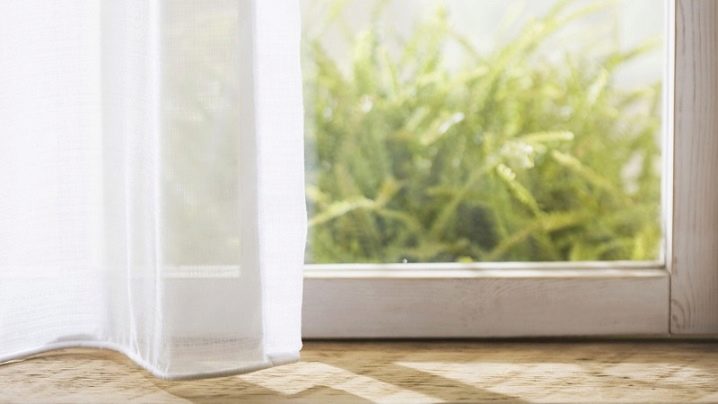
Capacity
Here it is important not only to find a convenient container, but also an aesthetic one, because it will be in plain sight. It is better if these are roomy and deep pots, as comfortable as possible for the development of a rather powerful parsley root system. There must be drain holes in the container. And so that the water flows down when watering, the pots are placed in pots. The container should be at least 20 cm high. It is better if it is clay containers, but you can also pick up plastic containers, or good old wooden boxes (but with moisture resistant impregnation).
Yes, at first, the use of small containers is permissible, but a transplant will be required over time. Otherwise, the root system will not feel free. And even before the parsley goes to the "house", at the bottom of the container it is necessary to organize a drainage layer 2-3 cm high. It is filled with gravel, pebbles, sawdust, river sand, broken brick - something from this list.
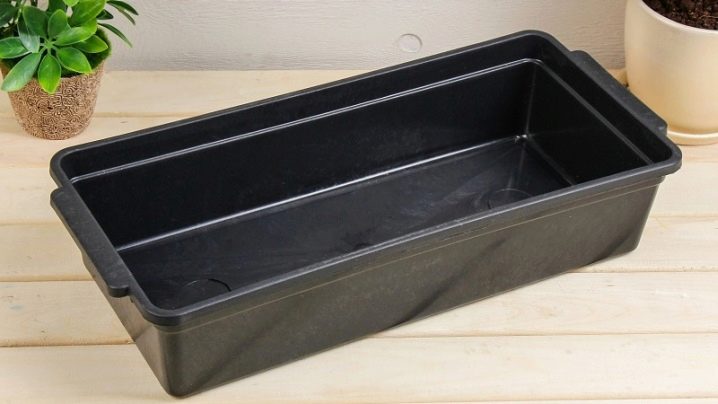
Priming
In the open field, the plant will take everything it needs from the soil, it has more resources. At home, everything is a little different, because the soil a priori must be very nutritious, of high quality. The soil mixture needs neutral or slightly acidic. It is easier to buy a ready-made substrate in a specialized store.
Homemade soil looks like this:
- coarse sand;
- turf;
- compost;
- peat;
- mineral complex.
Self-compiled soil needs mandatory decontamination. The easiest way is to freeze it, which will take 5 to 7 days. And after the soil mixture thaws, it is spilled with a weak solution of potassium permanganate. But you can also ignite the earth in the oven. If it is necessary to neutralize the acidity in the soil, a lime mortar can be added to the finished substrate. Then add phosphorus-potassium additives and mix well. It is easier for the root system to develop in loose soil, therefore, you also need to pay attention to this characteristic.
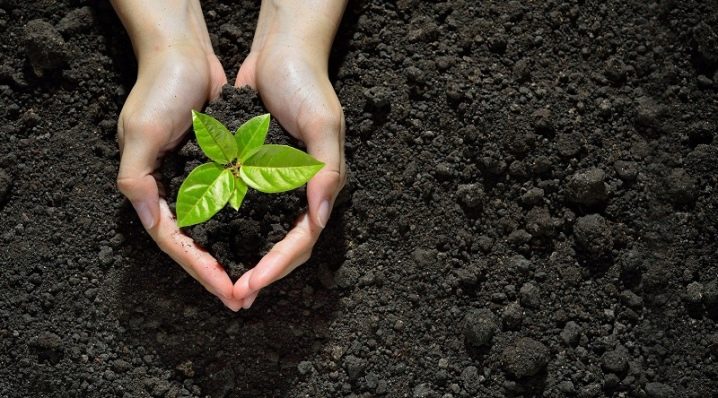
Planting material
You can plant parsley with seeds or root vegetables. The seeds are special because they seem to be saturated with essential oils, which makes them harder to hatch. If dry sowing is carried out, seedlings can only be expected after 20 days. And to speed up the process, the seeds need to be soaked. For this, they are laid out on a wet piece of gauze, and they are also covered with wet material on top. And so that the water does not evaporate, they are sent in a bag or in a dish (only with a lid is required).
The soaked seeds should be kept in a warm place for several days, while they should remain moist. And already before sowing, a weak manganese solution is added to the water. And after such a thorough preparation, the seeds are sown in a container with soil not very deep. Seedlings can be expected in a week or a little later. If it is decided not to look for easy ways and to grow parsley from root crops, it is necessary to select the rhizomes without defects. The good ones are those with a lot of kidneys.
The optimum thickness of such root crops is 3 cm, and the length is 13-15 cm. If the root crop is very long, it can be shortened with a sharp, sterile knife.
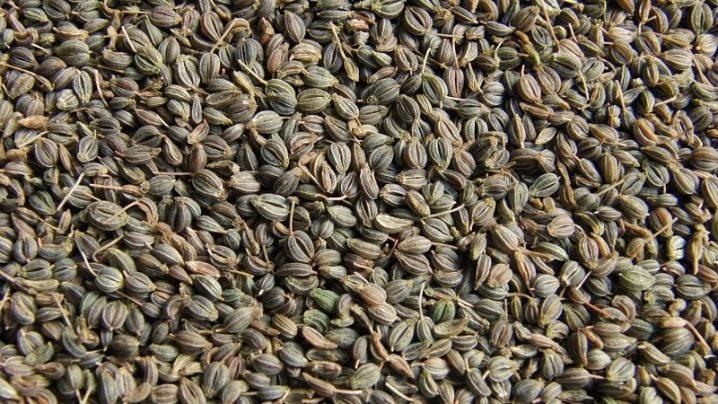
The necessary conditions
If you grow parsley in the garden, the harvest will be only in the warm season. Therefore, at home, it should be light and warm. At the same time, the plant does not tolerate heat too well. An interval between 15 and 20 degrees can be considered a comfortable thermal mode for greens. And if the batteries are very hot, containers with seedlings can be moved closer to the window or fenced off with a transparent screen.
Parsley is light-loving greens, so it needs at least 12 hours of light a day for sure. And better, if even more, up to 16 hours. In winter, it will not be possible to organize this in a natural way, but no one canceled the artificial lighting. Agrolamps and phytolamps help out a lot, and there are also ordinary LED lamps that can be turned on not only in cold and gloomy winter, but also on cloudy days. The backlight power must be at least 40 W, and the lighting devices must be placed at a height of 20-25 cm from the plants. You can hang a reflective screen to optimize lighting.
But light is not everything. It is worth taking care of the humidity regime. The pot with the plant is usually on the windowsill (less often on the heated balcony), that is, the dry heat from the battery can correct the growth of the plant not for the better. And watering will not save, but rather, only contribute to root decay. Therefore, you need a humidifier. But if it is not there, you can cover the battery with a cloth, and lower the tip of the cloth into a container of water.And just a vase of water standing on the windowsill is already a natural moisturizer. There may be not only water, but also snow and pieces of ice.
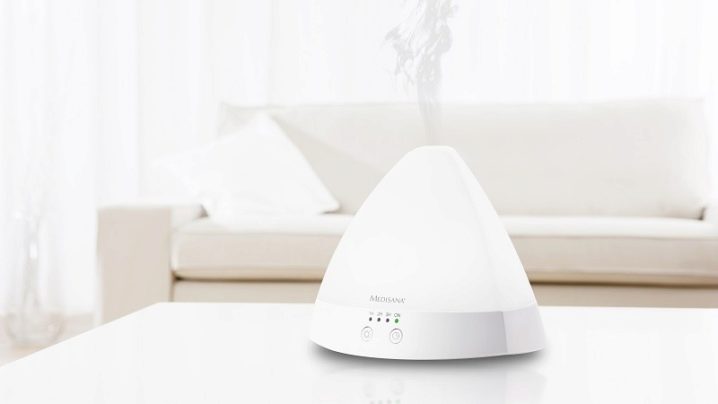
Landing
If everything is ready, it remains to plant the parsley and wait for the shoots. The step-by-step algorithm will look like this:
- Wet the seeds, give them a few days to peck (germinate)
- There should be a drainage layer at the bottom of the container.
- A prepared soil mixture, slightly moistened, is poured on top of the drainage.
- Grooves 0.5 cm deep are made in the ground.
- It is in these grooves that you need to sow seeds, and then sprinkle them a little on top of the earth.
- The earth must be moistened. Do not water from a watering can, but spray with a spray bottle.
- Send the container to a warm place.
- Do not forget about regular watering of parsley.
- Parsley rises relatively quickly, therefore, the shoots that have appeared during the week must be thinned out. And after that, the container with seedlings should settle on the windowsill.
- If necessary, the parsley should be provided with additional lighting.
- The first crop can be harvested soon. And if planted correctly, then parsley grows on the windowsill all year round.
If you want to wait until the parsley grows full (that is, do not pluck the first grown shoots), you will have to rely on a month and a half or so, from the moment of sowing to harvesting.
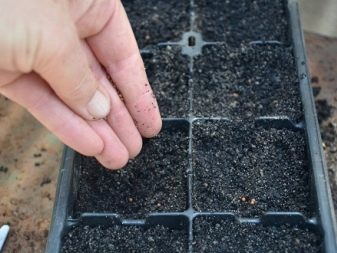
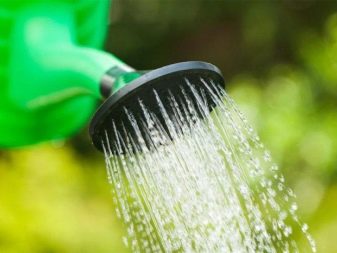
Care
As usual, this is a complex event in which it is important not to miss a single point.
- Watering. Fragrant greenery will be only on condition of moist soil. On sunny days, water only in the morning and evening, not during active sun. With an excess of water, the roots will begin to rot, therefore overflow is also excluded, as well as underfilling. And you need to make sure that the water flows into the pan unhindered. Before the first sprouts, parsley needs spraying, not watering. In the future, it should be watered once every 2 days (on average), with water at room temperature.
- Top dressing. Fertilizers are applied at the time of planting seeds. The best finished product will be "Growth" and its analogues. If the leaves turn yellow, it means that the parsley does not have enough nutrition - you can feed it with a mineral composition (but after cutting the leaves). After feeding the plant for a couple of days, it is better not to eat it. The main components of top dressing are nitrogen, potassium, phosphorus.
Everything else is elementary. The room is ventilated, the parsley is removed from the windowsill. The earth must be delicately loosened from time to time. Harvest in a timely manner.
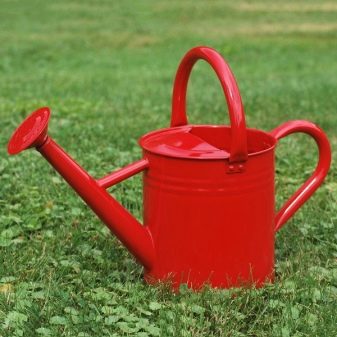
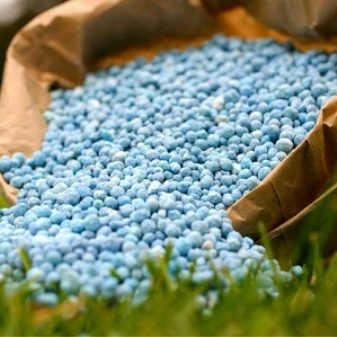
Diseases and pests
Perhaps, only fungal diseases can be seriously feared at home. This is white spot and powdery mildew, first of all. Here "Fitosporin" will help out, which copes well with fungi.
And of the pests, aphids can be considered the main enemy. As soon as signs of damage to green aphids appeared, the leaves should be sprayed with Fitoverm. After processing, the parsley leaves cannot be eaten for the time indicated in the instructions on the preparation.

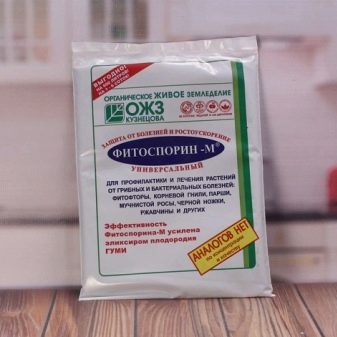
Harvesting and storage
It is better if the first cut occurs at a time when the parsley grows to 10 centimeters. And you need to cut it not under the root, but with the formation of a small hemp above the soil. And it is better if after each global cut, the plant will receive top dressing. If no more than half of the leaves are removed from each sample, you can get a second or even a third crop circle.
There are two ways to store parsley. Just dry and grind - you get a fragrant seasoning for the season ahead. Can be frozen in small containers and is also a good choice for a variety of dishes. As for short-term storage, the harvested crop can be sent to a cup of water, and that one to the refrigerator. Not in a bag, not in a dry container, but in water. The parsley will stay fresh and tasty for several days.
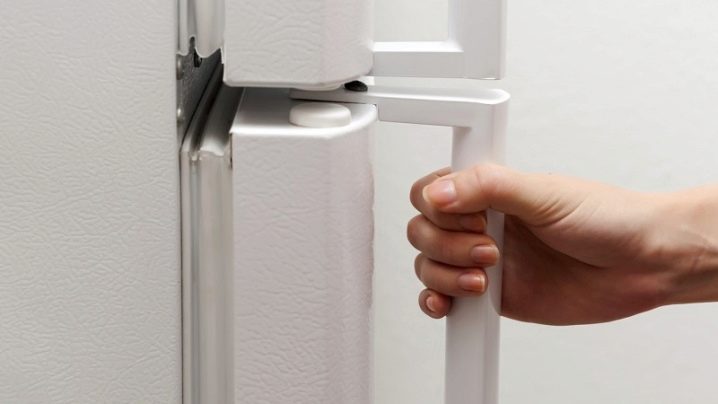
Common mistakes
They even happen to those who really try. And the most common option is temperature deviations. The plant overheats more often.
What other errors are encountered:
- unsuitable soil;
- lack of soil disinfection;
- landing too deep;
- lack of light;
- increased watering, leading to root rot;
- small pot, disproportionate to the volume of planting;
- not very loose soil.
But if you do not deeply deepen the plant and do not overdo it with watering, other blunders are not so fatal. Still, you can avoid every item listed.
Harvest from spring from spring sounds so tempting that you can even try, especially since the plant is not capricious, and the first successes will inspire new plantings.
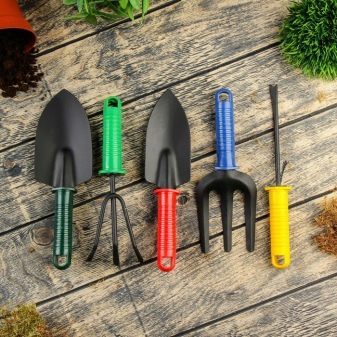
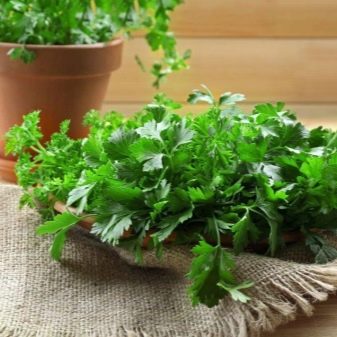










The comment was sent successfully.